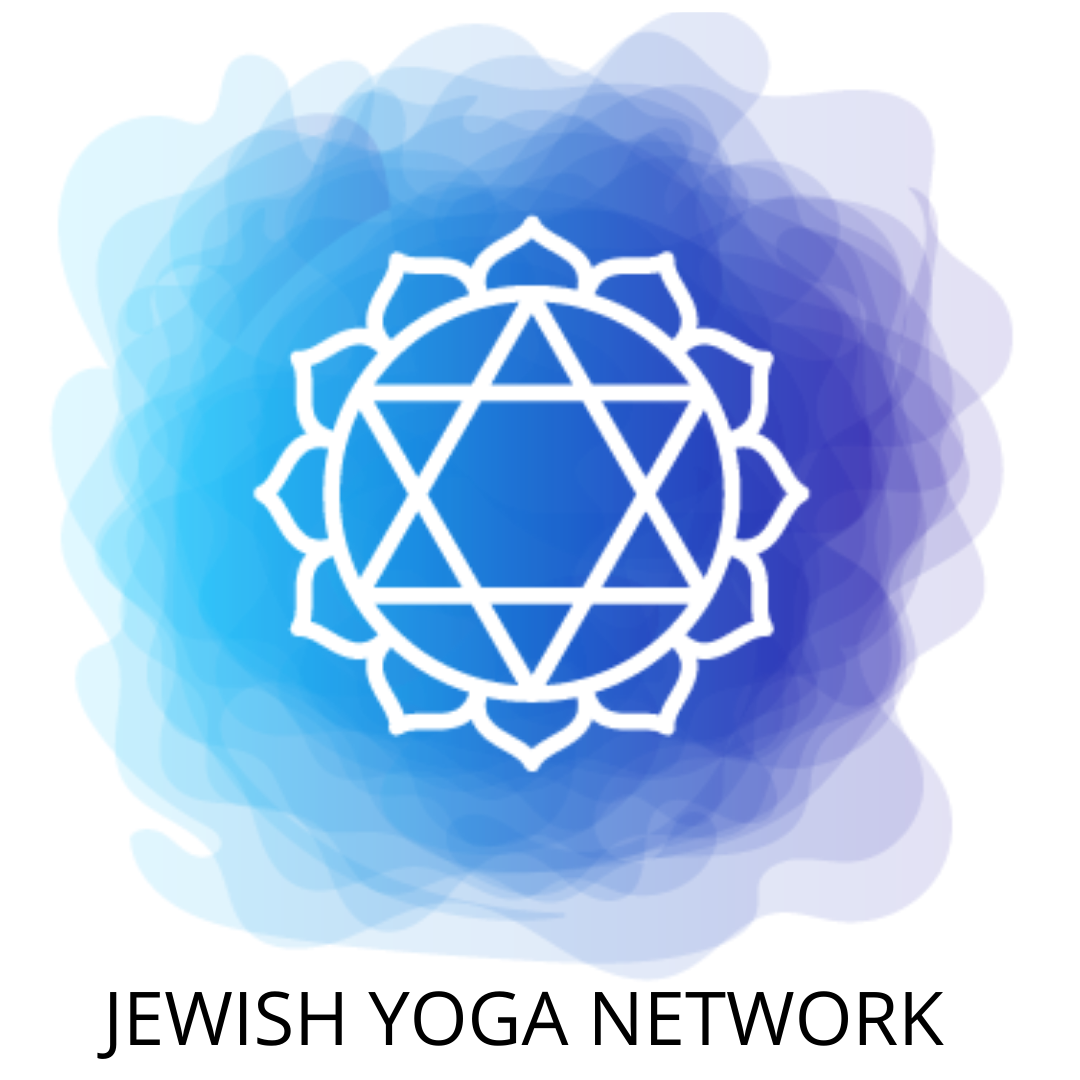Ethics of the Yogis, Part 1 – Ahimsa/Non-Violence
by Marcus J Freed
Ethics of the Yogis Part 1: Non-violence
“Hillel said; Be like the disciples of Aaron, loving peace and pursuing peace”
Pirkei Avot, Ethics of the Fathers, 1:12
“In the presence of one firmly established in non-violence, all hostilities cease”
Patanjali, Yoga Sutras, 2:35
The Jewish Sabbath runs from sundown on Friday to sundown on Saturday and as any observant Jew will know, the summer months make for extremely long Shabbatot. One traditional way to use the time constructively has been to study Pirkei Avot (The Ethics of the Fathers). The Jewish yogi might use the long afternoon to do some yoga practice before sundown, and they might even combine the this with Torah study. This series of articles, Ethics of the Yogis , will take an idea from Pirkei Avot, and look at how we might apply it to our yoga practice.
Ashtanga means ‘eight-limbed’ and refers to the eight categories of principles that guide the Ashtanga yoga practice. The first limb, the Yamas , are moral codes that a core are “indicate how individuals should respond and relate to other people and all living beings and to the environment, in order to achieve a peaceful and harmonious world” [i] . The first principle in the Yamas is Ahimsa , or non-violence, and Patanjali explained that in the presence of somebody who is successfully practicing this idea, there will be such a strong effect of peacefulness that everybody in the surrounding area will also experience that peace.
This is an incredibly powerful idea, but there is an immediate challenge for the Jewish yogi. The Torah does not demand absolute non-violence at all times, and there are various moments when we are expected to do everything except turn the other cheek. The principle of a rodef , or a pursuer, is understood to mean that if somebody is out to get us, we should get them first. The mishna in Sandhedrin (8:7) explains this common-sense decree, that if there is a rodef – somebody who is pursuing you to kill you – you are allowed to take their life. So how on earth does this interact with the yogic principle of non-violence?
I think the Rabbis were merely giving us advice for protection in an extreme case, rather than outlining the ideal scenario. The word rodef also appears when referring to the disciples of Aaron the High Priest, who are commanded to “love peace and pursue peace” [ii] . This rodef is somebody who idealises the concept of peace and actively tries to make it a reality.
The principle of Aaron can be directly applied to our yoga practice and Shabbat is the perfect time to meditate upon the principle of Shalom . Whether it is the challenge of achy and resistant limbs while you are moving into a posture or the challenge of unhelpful family members while you are trying to clear the table after a meal, if we continually try to achieve a sense of peace within ourselves, it cannot help but emanate outwards. There is no place for violent thoughts or violent actions, and so the virtues of Shalom and Ahimsa can immediately enhance our quality of life.
It was over 2000 years ago that the prophet Isaiah discussed the messianic age when there will no longer be any pain or hurt – a time of pure Ahimsa if you will – when swords will be beaten into ploughshares, and all war will cease [iii] . Perhaps we can begin this age in our own homes and yoga studios.
Marcus J Freed
London, 22nd June 2006
[i] John Scott, Ashtanga Yoga (p.14)
[ii] Pirkei Avot , 1:12
[iii] Isaiah, 2:4

